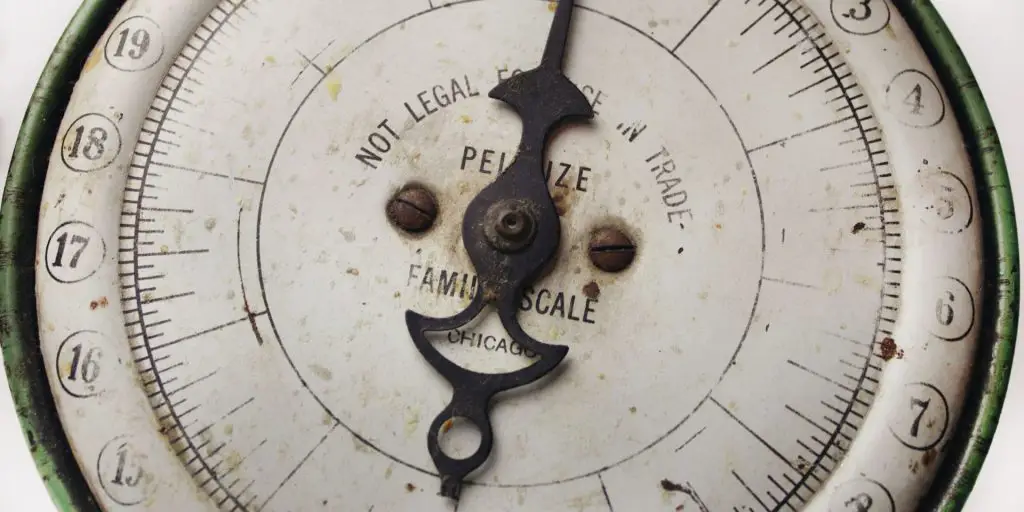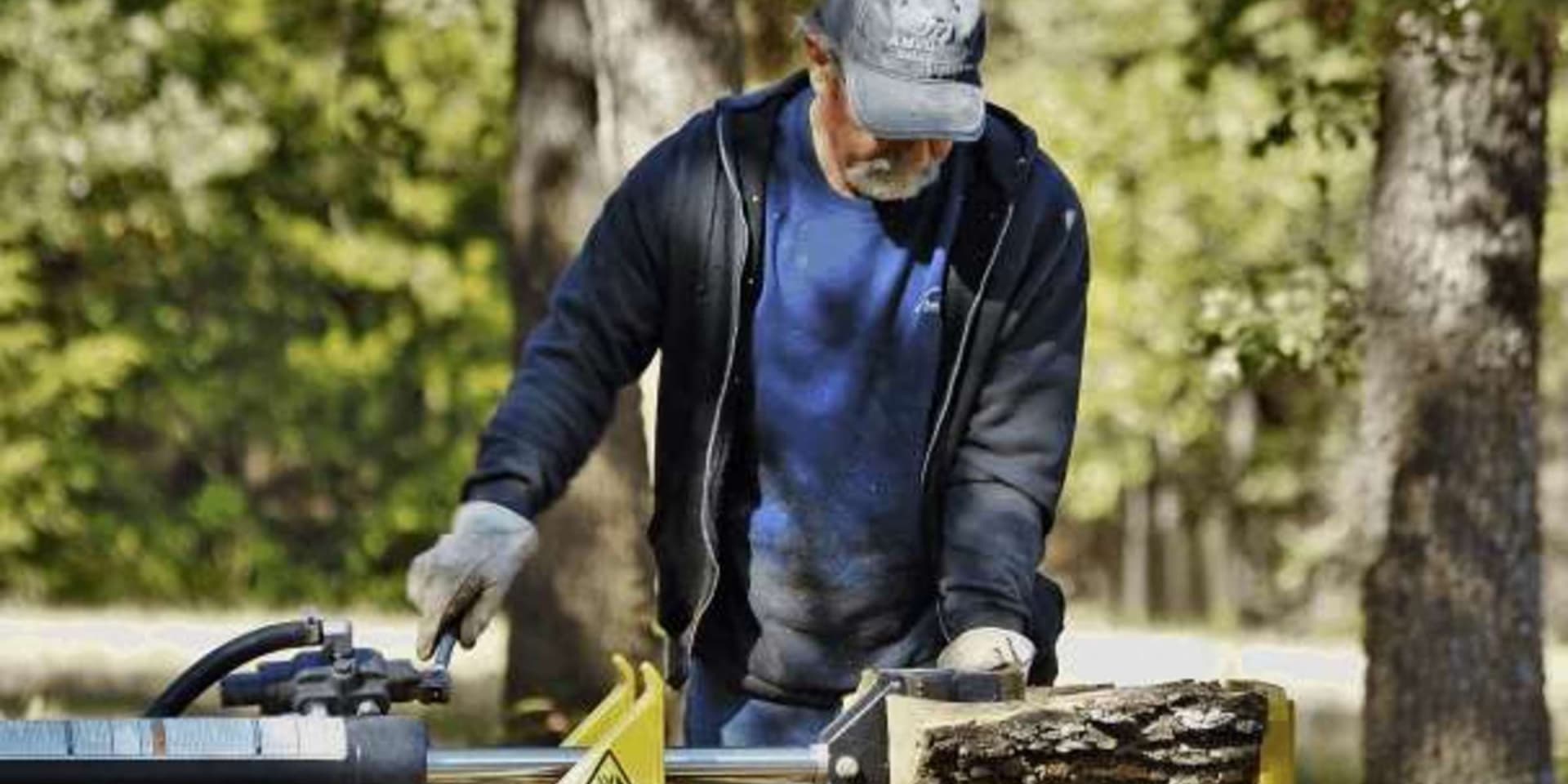How Many Tons Should A Log Splitter Be?
A log splitter is a machine that can cut firewood into smaller pieces in seconds. It uses mechanical force from a hydraulic, pneumatic, or electric system to split logs of wood. A log splitter can be useful for anyone maintaining a yard or large garden. It can help you set up camp when going on an outdoor adventure as well because of its convenience. Before purchasing one, knowing how many tons it should be will ensure you get the right product for your needs.

What is the History of Log Splitters?
Splitting wood has long been a tradition in the history of mankind. Basically, our ancestors relied on firewood to, of course, start a fire. Several improvements and pieces of machinery have been created in order to split a log in the most efficient and convenient way possible.
However, it is not until 1967 when the first patent for a log splitter was filed when Clifford H. Snyder and his attorney presented a wood-cutting machine with a general vertical splitter blade mounted in a log splitter chassis. Since then, the log splitter became very useful for almost all people who need to split logs for everyday use.
Especially if you have a fireplace or a chiminea at home, having a log splitter is totally worth it. Save your effort and time by investing in a good quality log splitter which makes processing firewood a lot easier than using an axe. Moreover, a log splitter also allows you to cut firewoods in similar sizes which makes woodpile stacking and starting a fire more efficient.
Classification of Log Splitters
Log Splitters are a very big part of our lives and we rely on these machines whenever we need to cut firewood. Some are compact in size, safe to use, and some come with rubber feet for added anti-slip benefits. Today there are many different types of log splitters available in many different sizes and power options and they are as follows:
- Gas Splitters
These types of log splitters are powered by a gas engine that builds enough pressure with a hydraulic oil pump. They have various models such as smaller and portable designs, larger and more powerful tow-behind machines, and industrial models which are primarily used for heavy-duty processing of firewood for large companies. Moreover, gas splitters are also the usual type of log splitters which large companies buy because of their power capacity.
Gas Splitters are the most popular types of log splitters because they have several models to choose from, durable and long-lasting, and it is the most powerful model. However, it is relatively loud to use and requires regular maintenance.
- Electric Splitters
Electric Splitters are more lightweight and smaller compared to gas splitters because they are designed for convenience and portability. These designs are the ones to choose if you’re planning to have a personal log splitter at home. They are very compact, easy to transport, and can easily be stored. It is also very handy because it runs well on a typical 110/120 voltage. They may seem small in size but average-sized firewoods can easily be cut using an Electric Splitter.
Some of the advantages of Electic Splitters are that they are portable, indoor-friendly, and relatively powerful despite their size. However, almost all designs are horizontal types of log splitter and they can only split average-sized logs.
- Manual Hydraulic Splitters
Just like what their name suggests, Manual Hydraulic Splitters rely heavily on manpower for log splitting. Despite that, these are highly efficient and durable. Manual Hydraulic Splitters come in horizontal and vertical designs and they’re able to split small to medium-sized logs. Manual Hydraulic Splitters are also ideal for firewood stockpiling jobs and they’re able to offer cut the time and effort drastically without compromising the quality of the output of log splitting.
Manual Hydraulic Splitters often require a lot of bending due to their low profile and they can only distinct sizes of wood. Nevertheless, they are very powerful and very user-friendly.
Now that we know about the history of log splitters and their different classifications in the market, let’s get back to the real question. Can tonnage really affect the overall performance and durability of a log splitter?
So, How Many Tons Should a Log Splitter Be?
Is tonnage really important for log splitters? The safe answer to that question is, YES. Keep in mind that log splitters are standardly rated by the number of tons of splitting pressure they produce. What does this mean? It simply means that the more splitting tonnage you have, the larger diameter and harder, tougher type of wood you can split.
How do I pick the Perfect Log Splitter Tonnage?
You have to know the diameter and type of woods you prefer for log splitting. If you will just be using the log splitter for personal use, say producing firewood, you would be looking at the below 10 inches range. If you’re looking to split logs for commercial and industrial purposes, it would be safe to assume that you need 10 to 24 inches diameter of logs.
For logs up to 10 inches in diameter, a log splitter (regardless of the model) with 5 to 6 tons is enough to do the job. On the other hand, if you’re looking to split logs with diameters of 10 to 24 inches, log splitters with a capacity of 20 to 25 tons have the capacity to give you an efficient splitting.
Conclusion
Whether you’re a carpenter, plumber, contractor, engineer, or just an aspiring owner, having the right knowledge can make all the difference when the time comes to split your logs. One of those things is determining the right tonnage suitable for your needs. So, the safest thing to do before purchasing your long-awaited log splitter is to be aware of all your needs and to be updated about the current models and features of log splitters in the market.



